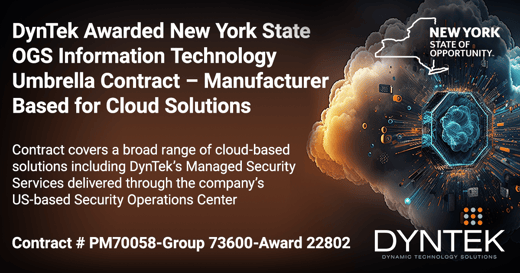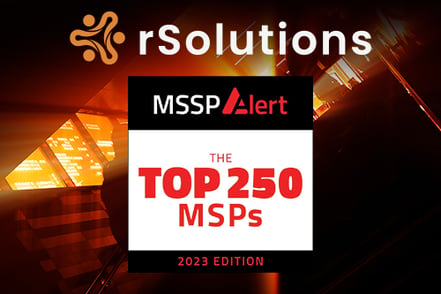As organizations invest in cloud and digital transformation, IT environments grow more complex. With hybrid work models on the rise, enterprises depend on cloud services, applications, devices, and IoT to support operations.
Adding more personnel is impractical and unsustainable. The vast data generated across environments makes manual analysis impossible. New strategies are needed to match the dynamic nature and scale of modern business. This is where artificial intelligence for IT operations (AIOps) comes in.
What is AIOps?
AIOps uses AI to enhance IT operations, simplifying the management of distributed networks. By applying big data, analytics, and machine learning, AIOps monitors IT operations, identifies significant events, diagnoses root causes, and resolves issues automatically, improving responsiveness and outcomes.
AIOps streamlines network management and troubleshooting, offering significant efficiency and performance improvements. According to Enterprise Management Associates, 90% of IT professionals believe AIOps can lead to better business outcomes.
Given the potential of AIOps, it’s crucial to select a solution or platform that delivers long-term results. This blog summarizes Juniper Network’s white paper, 5 Things to Know About AIOps, and highlights the capabilities to look for when evaluating and deploying AIOps.
Top 5 Capabilities to Look for When Evaluating and Deploying AIOps
- Comprehensive Data Collection
The effectiveness of any AIOps solution relies on the quality and completeness of the data it collects. A robust solution should gather information from all systems, devices, applications, and users within your network ecosystem, including client data to understand end-user experiences. An end-to-end solution that monitors wired, wireless, WAN, and LAN networks is essential for holistic problem-solving.
- Rich, Adaptive AI Foundation
AI algorithms are the backbone of any AIOps solution. Understanding the specific functions and capabilities of the AI engine is crucial. The AI engine should continually learn and update its models based on the latest data to remain relevant. Incorporating data from peer organizations worldwide can help identify and address potential issues before they arise.
- Modern Microservices Architecture
A microservices architecture provides greater agility, scalability, and security. Each capability operates as an isolated service, making it quick and easy to add, patch, or modify features as needed. This architecture also allows for rapid isolation and resolution of vulnerabilities, reducing security risks. In contrast, a monolithic architecture requires comprehensive updates for any changes, which is more complex and time-consuming.
- Proactive Remediation
An effective AIOps solution should not only detect issues but also resolve them autonomously. This reduces the workload on IT teams, allowing them to focus on strategic projects. By addressing issues proactively, AIOps enhances network experiences for users and IT teams alike.
- User-Friendly Interface – Conversational Assistant
For an AIOps solution to be fully utilized, IT teams must quickly recognize its value. The solution should integrate seamlessly across various environments, with an intuitive interface and robust reporting capabilities. A conversational AI interface can empower IT teams with immediate answers and simple prompts, streamlining configuration, maintenance, and management tasks.
Evaluating Vendors
To ensure an AIOps solution meets your needs, thoroughly evaluate vendors. Inquire about the solution’s architecture, AI algorithms, deployment speed, scalability, and vulnerability management. Conducting a proof of concept in a production environment can provide a clear gauge of the solution’s effectiveness.
As organizations navigate the complexities of digital transformation, AIOps offers a powerful solution for managing IT environments. By leveraging AI to enhance IT operations, businesses can achieve greater efficiency, performance, and proactive management. Selecting the right AIOps solution with comprehensive data collection, adaptive AI, modern architecture, proactive remediation, and user-friendly interfaces is essential for long-term success.
For more information on Juniper’s AIOps solution, book a live demo and consultation to see Juniper Mist AI in Action.
Tags:
Modern InfrastructureMay 22, 2024

